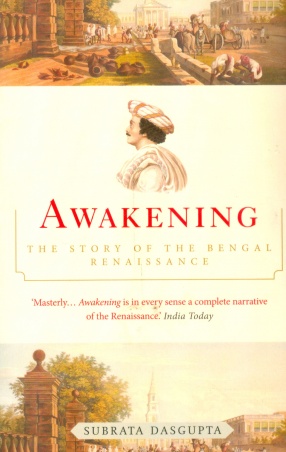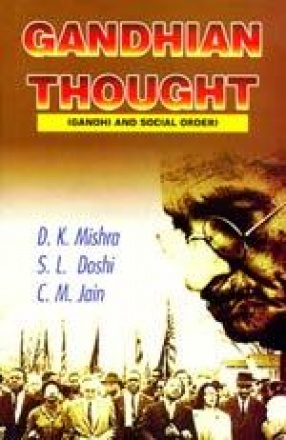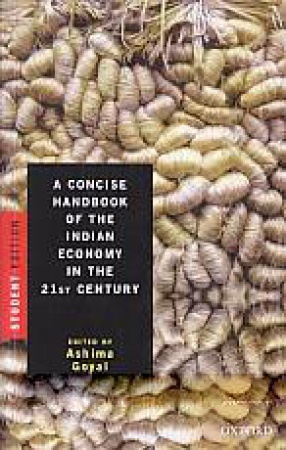This book aims is reconsidering the roles and functions of various intermediate groups in South Asia during the pre-colonial period. It investigates how these groups were formed and developed in their respective historical contexts. It has been pointed out that in premodern South Asia there were various intermediate social groups enjoying a certain degree of autonomy and independence, such as villages, unions of villages, cities, merchant associations, religious orders or cults, and castes. By paying special attention to the conflicts and negotiations among the groups and between these groups and their states, the project will arrive at a new understanding of the historical development of South Asian society. In a conflict ridden region, the significance of confidence building measures cannot be over emphasized. These can be very useful in lessening tensions, avoiding conflicts and can even lead to cooperation and peace between antagonist states. South Asia with Pakistan and India, the two traditional foes are in need of serious efforts to contain and control tensions. The urgency for CBMs has grown especially after the nuclearisation of South Asia. The volatile situation in the region calls for non military and military CBMs. Even though no dramatic results are to be expected but atleast CBMs between Pakistan and India may help in building a requisite level of trust among them for a more peaceful region and avoidance of explosive situations like that of Kargil when both were at the brink of a nuclear war. The book brings together a host of experts to analyse competing interests of the South Asian states leading to interstate conflict formation and examine their various attempts at conflict containment and resolution.
South Asia: Reconsidering Confidence & Securing Building Measures
In stock
Free & Quick Delivery Worldwide
reviews
Bibliographic information
Title
South Asia: Reconsidering Confidence & Securing Building Measures
Author
Edition
1st. ed.
Publisher
Lenin Media, 2017
ISBN
9789385995309
Length
304p., 23cm.
Subjects





There are no reviews yet.